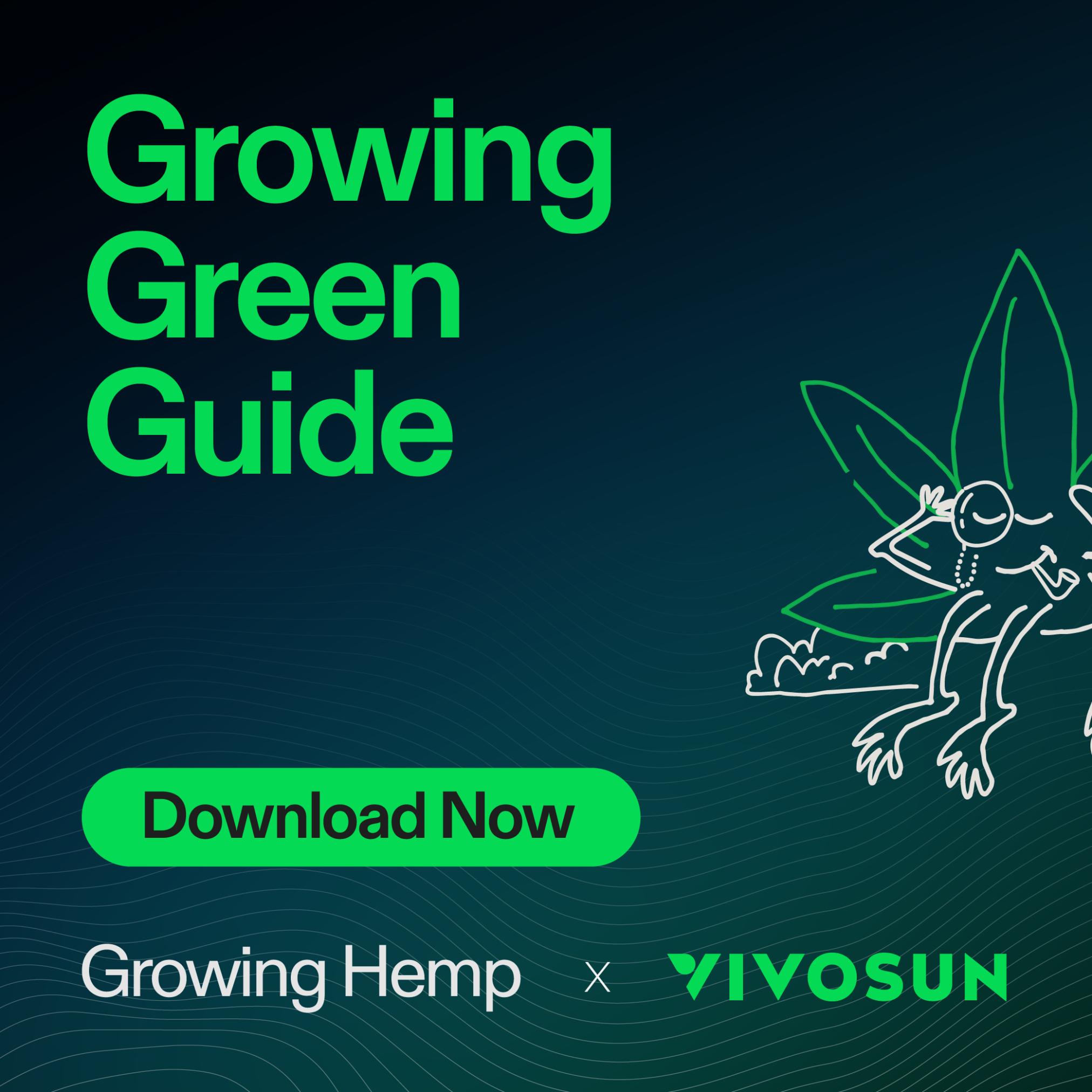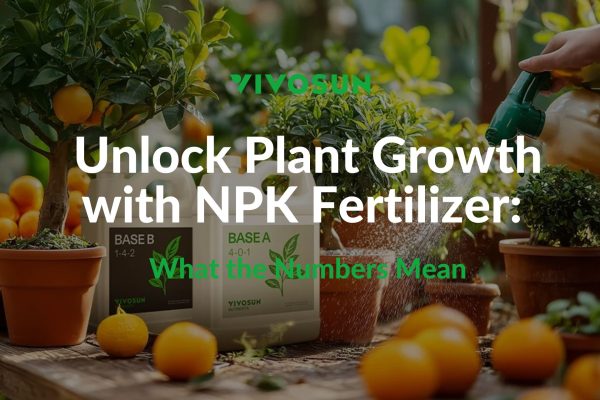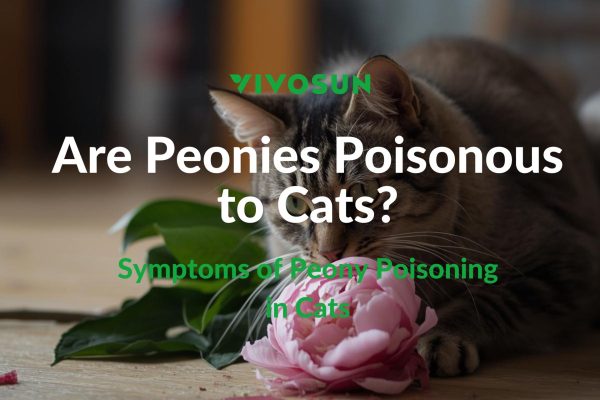Introduction
Agent Orange Strain is a vibrant, citrus-forward cannabis strain known for its uplifting, energizing effects and distinctive orange aroma. Popular for daytime use, it offers a bright mental high paired with a gentle physical ease. With its zesty flavor profile and reliable grow traits, Agent Orange is a standout for both recreational and medicinal users.

Agent Orange Strain Genetics
This strain is usually a sativa-dominant hybrid (about 75% sativa / 25% indica) created by crossing Orange Velvet with Jack the Ripper. The THC content typically ranges from 15% to 25% with very low CBD. The genetics deliver bold citrus terpenes, good resin production, and a reliable high.
Agent Orange Strain Flowering Type
Agent Orange is a photoperiod strain, which means it flowers when the light cycle changes (typically to 12/12). Indoor growers can expect a flowering time of approximately 8–10 weeks. Outdoors it typically finishes by mid to late October in suitable climates.
- Indoor Yield: Moderate — many sources report around 500-600 g/m² with good care.
- Outdoor Yield: Varies with climate, moderate yields reported.
- Grow Tips: Provide good airflow (to preserve citrus terpenes), train plants for light exposure, and maintain stable temps to preserve flavor.
Agent Orange Strain Flavors
As the name implies, Agent Orange bursts with citrus sweetness—think freshly peeled oranges, tangy lemon-lime, and a creamy base. Complementing these are subtle spice, pine, and herbal undertones that add depth to its aroma and taste.
- Terpene – Limonene: Responsible for the strong citrus aroma and mood-boosting effects.
- Terpene – Myrcene: Adds herbal/musky undertones and contributes to relaxation.
- Terpene – Pinene/Caryophyllene: Offers pine/spice nuance and may support focus or anti-inflammatory benefits.
Agent Orange Strain Effects
Agent Orange is best known for its uplifting, creative, and energizing effects. The cerebral high generally comes on quickly, lifting mood, boosting creativity, and prompting social engagement. As the high evolves, a light body relaxation sets in, but the strain remains functional rather than heavy. Many users choose it for daytime or active use.
Agent Orange Strain Potential Negative Effects
While generally smooth, Agent Orange may provoke common cannabis side-effects such as dry mouth and dry eyes. Due to its sativa-leaning profile and potency, some users may experience mild anxiety, dizziness, or racing thoughts if overconsumed. Beginners should dose conservatively.
Agent Orange Strain Medical Uses
For medical users, Agent Orange is often selected to counteract mood-related symptoms such as depression, fatigue, and stress. Its energizing high can help combat lethargy or lack of motivation. In addition, its mild body ease makes it a possible choice for mild pain, headaches, or muscle tension.
Conclusion
Agent Orange stands out for its bold citrus flavor, clean mind-lift, and dependable genetics. Whether you’re seeking a daytime strain for focus and creativity, or simply a delicious citrus experience, this strain delivers. With moderate flowering time and manageable yields, it also appeals to growers. If you want a strain that’s vibrant in aroma and effect, Agent Orange is definitely worth a try.
FAQs about Agent Orange Strain
- What is the THC level of Agent Orange strain?
Typically between 15% and 25% THC depending on phenotype and cultivation. - Is Agent Orange more indica or sativa?
It is a sativa-dominant hybrid, roughly 75% sativa / 25% indica. - What does Agent Orange taste and smell like?
It offers sweet, tangy citrus flavors similar to orange soda or fresh orange peel, with herbal and pine undertones. - How long does Agent Orange take to flower?
Approximately 8–10 weeks indoors; outdoor harvests around early to mid October in warm climates. - Is Agent Orange good for medical use?
Yes, especially for mood enhancement, stress relief, fatigue, and mild pain.






